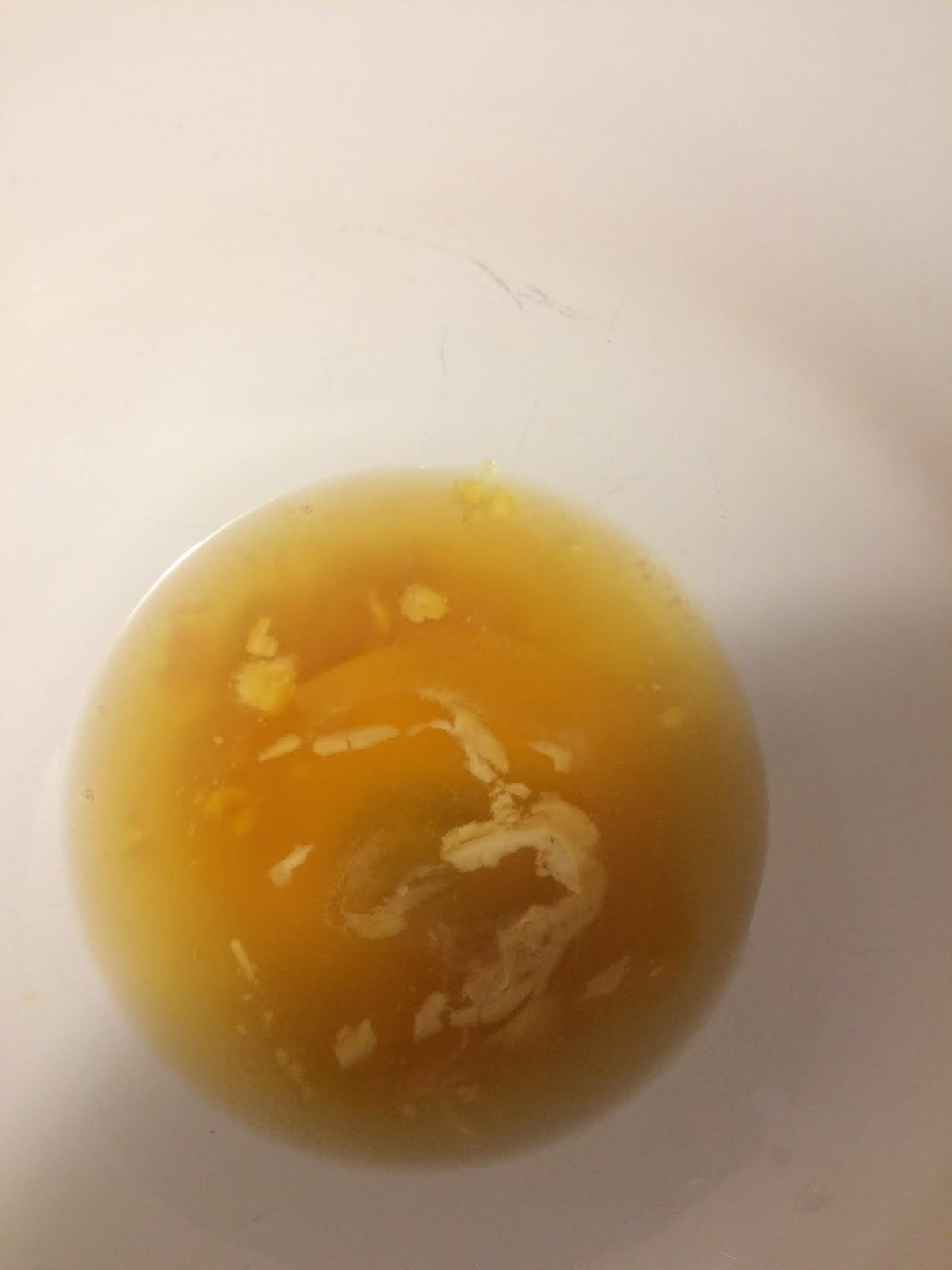what exactly is feces?

https://aboutconstipation.org/normal-function.html
The urge to defecate is signaled by the propulsion of feces from the sigmoid colon to rectum.
For defecation to proceed, the external anal sphincter and puborectalis must voluntarily relax. The pelvic floor muscles descend, permitting straightening of the anus and rectum. Defecation is facilitated by squatting or sitting and by increasing intra-abdominal pressure.
I do not recommend using increases in intra-abdominal pressure, or increases in intra-thoracic pressure, such as valsalva maneuvers to facilitate pooping. it leads to hernias eventually, as it increases straining.
Nerves and muscles regulate the transit time of the colon.
A number of diseases, such as diabetes or scleroderma, can impair the neural elements of the colon, resulting in severe constipation.
so what exactly is feces?
I do know that it has fiber, and it is less water than the original intracolonic material, usually, but it does have water, and some other stuff.
what is that other stuff?
feces is waste matter discharged from the bowels after food has been digested; excrement.
Feces (or faeces) are the solid or semisolid remains of food that could not be digested in the small intestine. Bacteria in the large intestine further break down the material.[1][2] Feces contain a relatively small amount of metabolic waste products such as bacterially altered bilirubin, and the dead epithelial cells from the lining of the gut.[1]
Urine and feces together are called excreta.
The distinctive odor of feces is due to bacterial action. Gut flora produces compounds such as indole, skatole, and thiols (sulfur-containing compounds), as well as the inorganic gas hydrogen sulfide. These are the same compounds responsible for the odor of flatulence. Consumption of spicy foods may result in the spices being undigested and adding to the odor.
defecation is a process that requires pressures that may reach 100 mm Hg in humans.
feces may retain a large amount of energy, often 50% of that of the original food.[6]
coprophagia. eating feces. I have done that once. it was not so horrible.
Depending on the individual and the circumstances, human beings may defecate several times a day, every day, or once every two or three days. Extensive hardening that interrupts this routine for several days or more is called constipation.
The appearance of human fecal matter varies according to diet and health.[9] Normally it is semisolid, with a mucus coating. A combination of bile and bilirubin, which comes from dead red blood cells, gives feces the typical brown color.[1][2]
After the meconium, the first stool expelled, a newborn's feces contain only bile, which gives it a yellow-green color. Breast feeding babies expel soft, pale yellowish, and not quite malodorous matter; but once the baby begins to eat, and the body starts expelling bilirubin from dead red blood cells, its matter acquires the familiar brown color.[2]
At different times in their life, human beings will expel feces of different colors and textures. A stool that passes rapidly through the intestines will look greenish; lack of bilirubin will make the stool look like clay.
https://en.wikipedia.org/wiki/Feces
so, at the least, human feces contains:
food waste
food particles
bile
bilirubin
bacteria
water
fiber
dead epithelial cells from the lining of the gut.
indole
skatole
thiols - sulfur containing compounds
inorganic gas hydrogen sulfide
mucus.
13 things at the least.
adk, m.d.
jamway
food waste
food particles
bile
bilirubin
bacteria
water
fiber
dead epithelial cells from the lining of the gut.
indole
skatole
thiols - sulfur containing compounds
inorganic gas hydrogen sulfide
mucus.
13 things at the least.
adk, m.d.
jamway

Comments
Post a Comment
comment. and contact me at adrian.d.kenny@gmail.com or adrian.kenny@post.harvard.edu.